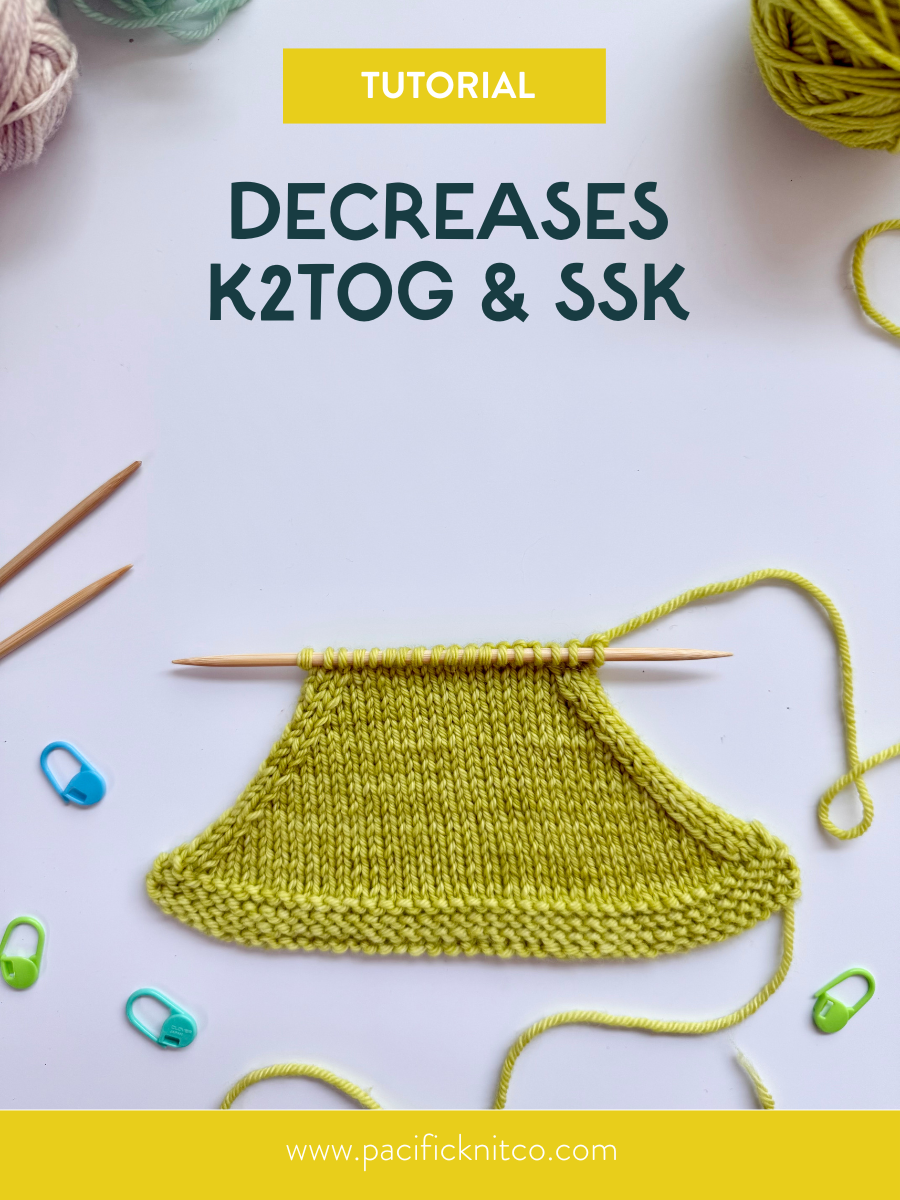Check Color Contrast with a B&W Filter

Have you ever gotten partway through a project only to realize that your yarns don't work together? Honestly, most of us probably have at some point.
The designs in stranded colorwork knitting require a higher contrast between yarn colors than you might need in other types of knitting, simply because you need even a single stitch in a different color to be visible. If you want to make sure that all your hard work crafting intricate designs really POPS, there's one easy way to check contrast before you cast on: using a black & white filter!

INSTRUCTIONS
What you're looking for is colors that are different in 'value', or how dark or light the color is underneath the color family. A light blue and a light green might look very different on the shelf, but if they're the same intensity of color, they might start to blend together when you put individual stitches right next to each other.
While there is a lot more color theory involved, for the most part, let's just stick with what you actually need to look for next time you're picking yarns for colorwork.
Want tips on building a yarn palette? Check out the 3-Step Yarn Palette for an easy way to build your own kit from your yarn stash, yarn shop, or when shopping at a festival.
STEP 1 Take a photo of your yarn, and change it to black & white
Most of us carry phones that have cameras, and most phones will have an easy way to turn a photo to black & white. On iPhones, it's as easy as hitting "edit" and then scrolling through the "filters" until you see one that is black & white.
If you are shopping online, you can screenshot images of yarn and then manually put them side by side before converting to black & white. There are lots of apps out there for making 'split images' where you can combine two pictures together.

STEP 2 Analyze the results and adjust as necessary
Once you have your black & white image, you need to know what you're actually looking for: You want to see whether you can still tell the colors apart once they are in greyscale.
If two yarns look different in black & white: you are probably good to go.
If two yarns look like the same color once they're in black & white: they are probably too similar to use within the same colorwork chart.
Does low contrast mean I can't use these colors? Not necessarily! If two colors are low contrast (i.e. the same gray tone) then that simply means you may not want to use them in the same chart because they won't show up as well. You can still use them in the same overall palette, but just pair them with higher contrast accent colors within a single chart.


STEP 3 Start knitting!
Once you get used to using this tool, and understand what to look for, you'll find yourself pulling out your phone every time you go yarn shopping!
Want to learn more about choosing yarns? Check out our 3-Step Yarn Palette for an easy way to build your own kit from your yarn stash, yarn shop, or when shopping at a festival.
Happy Doodling!
Blog co-written by Jamie Lomax and Grey Lundy. Yarn shown is from Yarnaceous Fibers.




